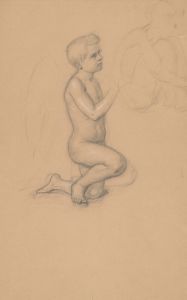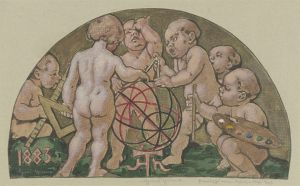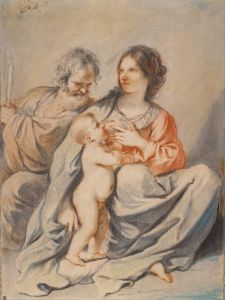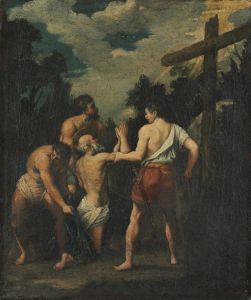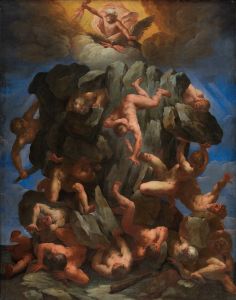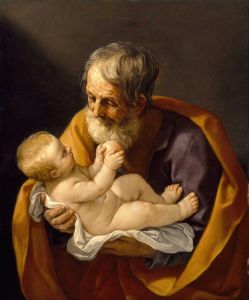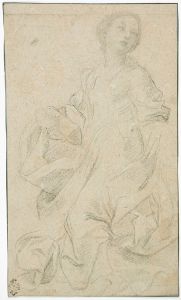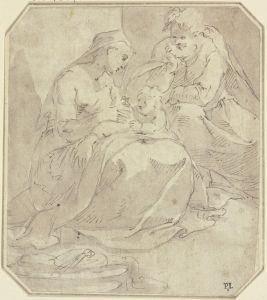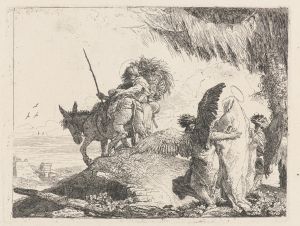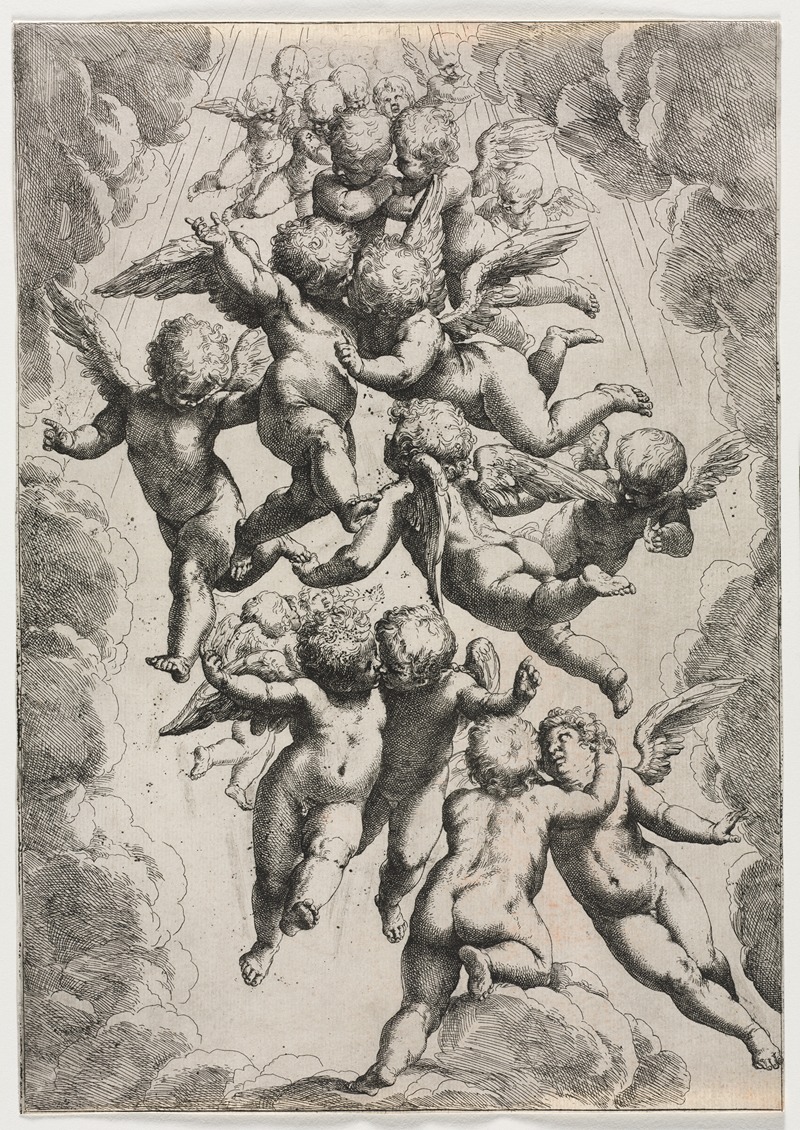
Angels in Glory
A hand-painted replica of Guido Reni’s masterpiece Angels in Glory, meticulously crafted by professional artists to capture the true essence of the original. Each piece is created with museum-quality canvas and rare mineral pigments, carefully painted by experienced artists with delicate brushstrokes and rich, layered colors to perfectly recreate the texture of the original artwork. Unlike machine-printed reproductions, this hand-painted version brings the painting to life, infused with the artist’s emotions and skill in every stroke. Whether for personal collection or home decoration, it instantly elevates the artistic atmosphere of any space.
"Angels in Glory" is a painting by the Italian Baroque artist Guido Reni. Reni, born in 1575 in Bologna, was a prominent figure in the Baroque movement, known for his graceful and harmonious compositions. His work often depicted religious themes, characterized by a refined use of color and a delicate portrayal of figures.
The painting "Angels in Glory" exemplifies Reni's mastery in capturing ethereal and divine subjects. Although specific details about the painting's creation, such as its exact date and commission, are not widely documented, it is consistent with Reni's style during the height of his career in the early 17th century. Reni was known for his ability to convey spiritual themes with a sense of serenity and beauty, which is evident in this work.
In "Angels in Glory," Reni depicts a celestial scene filled with angels, a common subject in his oeuvre. The angels are portrayed with a sense of grace and movement, their expressions serene and contemplative. Reni's use of light and shadow enhances the divine atmosphere of the painting, creating a sense of depth and dimension. The composition likely reflects Reni's interest in combining classical ideals with the dramatic intensity of the Baroque style.
Reni's technique in this painting demonstrates his skillful use of chiaroscuro, a method of using strong contrasts between light and dark to achieve a sense of volume and three-dimensionality. This technique helps to highlight the figures of the angels, making them appear luminous against the darker background. The soft, flowing drapery of the angels' garments and their delicate features are typical of Reni's approach to painting the human form.
The painting is also notable for its color palette, which includes soft pastels and rich, warm tones. Reni's choice of colors contributes to the overall harmony and balance of the composition, enhancing the painting's spiritual and uplifting quality. This use of color is a hallmark of Reni's work, reflecting his ability to convey emotion and narrative through visual means.
While "Angels in Glory" is a testament to Reni's artistic talent, it also reflects the broader cultural and religious context of the Baroque period. During this time, art was often used as a means of inspiring faith and devotion, with religious subjects being a dominant theme. Reni's work, including this painting, played a role in the Counter-Reformation efforts to communicate religious ideals through art.
Guido Reni's influence extended beyond his lifetime, impacting future generations of artists. His works are housed in various museums and collections worldwide, where they continue to be studied and admired for their technical excellence and spiritual depth. "Angels in Glory," like many of Reni's paintings, remains a significant example of Baroque art, illustrating the artist's ability to blend beauty with religious narrative.
In summary, "Angels in Glory" by Guido Reni is a quintessential Baroque painting that captures the artist's skill in portraying divine subjects with grace and elegance. Through his use of light, color, and composition, Reni creates a work that is both visually captivating and spiritually resonant, reflecting the artistic and religious values of his time.





